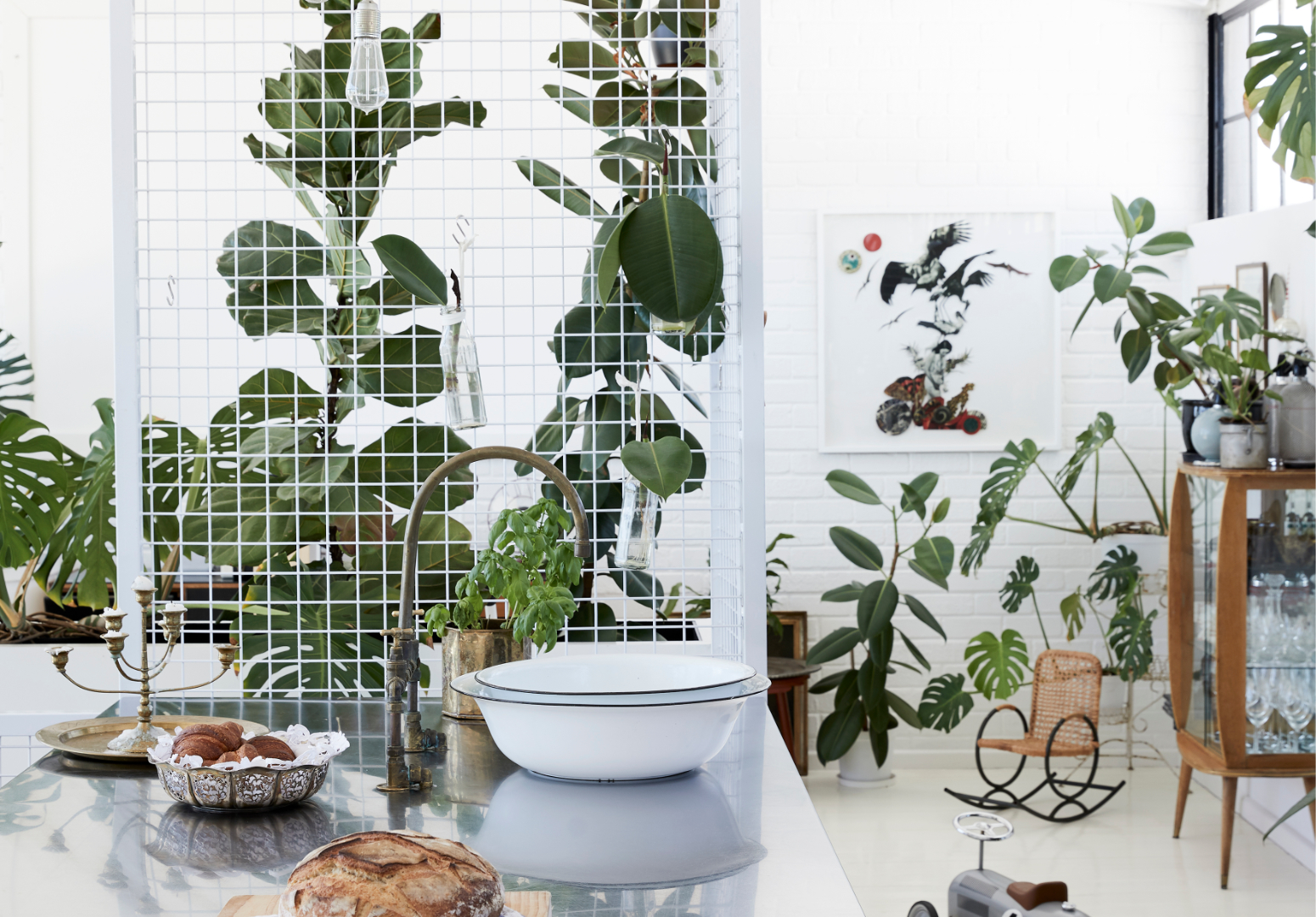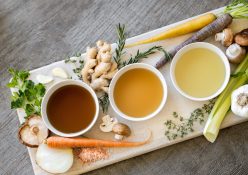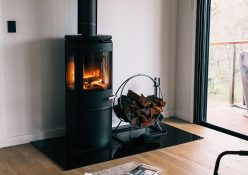Stylish inspiration lies everywhere when it comes to greenery – whether it’s just a trace of foliage or an insatiable display of jungle fever, plants in urban interiors have become as much of a finishing touch as a gorgeous scatter cushion, a piece of art, quirky figurine or a beautiful vase. The choice of indoor plants and trees is endlessly diverse with wonderful variations in the shapes and
sizes of leaves, colouration, texture and the way they grow. Indoor greenery ticks all the boxes: a soothing tonic for the frazzled soul; an aesthetically engaging addition to the decorative landscape delivering pops of colour, form and in some cases even fragrance; an inspired solution for homes lacking in outdoor space or natural surroundings; and the magical (okay, scientifically proven) ability to lower stress levels, improve the oxygen count and absorb nasty pollutants, toxins and other negative by-products of city dwelling. The following spaces offer inspiring looks and cool ways to get your botanical fix.
Greenhouse Effect
Create an area of focus in a room by grouping a collection of plants in one spot – this is an especially effective tactic in an open-plan space such as an industrial warehouse loft. The mix-and-match assortment of clear glass vessels adds a sense of weightlessness and modern eclecticism to the setting, while at the same time encouraging plant growth – not unlike a garden glasshouse or mini conservatory. A pop of green in the form
of a curvy vase anchors the scene. Creeping plants set against a wall on a simple trellis introduces the idea of the urban jungle and will eventually enable nature to be given free reign in this man-made environment.
Type of Plants:
Climbing plants against a wall: Philodendron scandens
Plants on the table: A variety of ferns that are suitable for indoors where the light is bright and filtered, as well as Spanish moss and African violets
Board Games
Construct a cool plant frame in an instant using a cheap and cheerful pegboard from
the hardware store. This portable living installation can be left on show in a hallway, bathroom or living room, or give yourself something natural and calming to distract from deadlines at your home office desk.
Air plants are especially suited to this sort
of display. A hanging basket found at the junk shop and filled with dried plant material found on a nature walk adds another intriguing visual layer. For a dramatic edge, paint the pegboard black.
Type of Plants:
Hanging plants: Vanda orchid
Plants on the table (in glass vessels): Staghorn fern and scandens stem
Plants on the pegboard: Spanish moss, Tillandsia, Scindapsus, micro orchid (in glass vessel)
Plant growing on wooden bark: Cattleya orchid

Cabinet Of Curiosities
Conjure up the charming atmosphere ofa Victorian botanist’s study by displaying greenery (potted in suitably-sized pots and containers) in an antique cabinet, a vintage shop fitting or other quirky storage/display unit. For maximum nostalgic appeal, use apothecary-style bottles and glass science beakers as containers. Scour junk shopsand markets for old gardening accessories to include in the composition.
Type of Plants:
Plants in cabinet include: Trailing ivy, small ferns, poor man’s orchid, Spanish moss, dried mosses, garden cuttings and foliage
Flowering plant in beaker: African violet
Containment Strategy
Get clever, eco-friendly and thrifty by using what you have lying around the house to pot your plants instead of conventional containers. This lush installation of orchids and waxy-leafed species is planted up in an assortment of vessels, including a discarded copper pendant light as well as PVC plumber’s piping. Other alternatives to consider include colanders, tea pots, tin cans
and metal watering cans. Make sure any alternatives to pots are specially prepared to ensure plant health. This includes punching or drilling drainage holes and adding a layer of gravel or pebbles. Use moss or damp coir as part of your plant substrate, along with soil to act as a passive water source. This will also ensure a visual synergy between the mix-and-match containers.
Type of Plants:
Cymbidium, spider plant, Chinese evergreen, Philodendron, Dieffenbachia
The Dark Arts
Conjure up a dramatic scene in a sitting room or study using a moody wall palette and the absence of frivolous decoration, instead allowing the greenery to make a statement. A mid-century modern coffee table and graphic rug pay homage to retro style, though the prevailing mood is simple, confident and contemporary.
Type of Plants:
A variety of Philodendrons are prevalent here.
Among the most popular of houseplants (even novices have heard of the Delicious Monster and the Heartleaf (or sweetheart) Philodendron), they are low maintenance, come in an assortment of climbing and non-climbing types, do well in low to medium light and need an average amount of water. Plants in this image include a bamboo palm, button ferns, Delicious Monster, Philodendron, magnolia tree, silver leaf ferns, Mother-in-Law’s Tongue, star jasmine, tree fern and silver lace fern.
Hang In There
With the resurgence of all things seventies – houseplants, cork, wallpaper and rattan furniture, we’re looking at you – it was inevitable that macramé would follow. This retro textile handicraft with its distinctive hand-woven appearance has been artfully reinvented, materialising in modern forms, unexpected applications and on-trend colours. A macramé hanger is also the ideal container for hanging plants – whether you are going for a layered interior look or have a small home where there’s not much by
way of counter or surface space.
Type of Plants:
In macramé hanging planters: Asparagus fern, bird’s nest fern
In terrariums: Wild olive bonsai trees, moss; Other plants include: Bamboo palm, Mother-in-Law’s Tongue and Heartleaf Philodendron
Welcome To The Jungle
What better way for guests to be greeted – and for your mood to be uplifted when you’re walking through the door – than an entrance hallway given over to a profusion of leafy houseplants.
The considerable quantity of greenery evokes the atmosphere of a botanist’s foyer or a florist – an effective antidote to the concrete jungle outside.
Create interest by considering the textures and scale of the varying plants, some of which have beautifully patterned and delicately shaped leaves. The sizes of the plants and pots is also varied and these have been interspersed with hanging plants, a philodendron in a modern plant stand and a fern in a black woven basket – all of which creates a captivating first impression.
Type of Plants:
Air plant, asparagus fern, bird’s nest fern, button ferns, Delicious Monster, Mother-in-Law’s Tongue, peace lily, Philodendron (in plant stand), spider fern and tree fern
Club Tropicana
Not all of us are cut out for being a plant parent, but there are other ways to bring the outdoors in – think along the lines of a sophisticated wallpaper, a photorealist oversized wall covering or a densely packed gallery wall filled with framed botanical prints, artworks and/or photographs. With such strong imagery taking centre stage, it’s a good idea to keep the decor balanced as well as minimal.
Notes: This wallpaper was custom printed using a portion of a painting found online. The internet is a treasure trove of such imagery, with many renowned galleries and museums creating free-to-use platforms for the public domain. Try the Rijksmuseum or The British Library where you will find work by the old masters, more contemporary imagery as well as scientific sketches, paintings and illustrations that you can have professionally printed.

Corner Composition
In an eclectically decorated space, use plants to give specific zones a sense of focus and cohesion. For maximum impact, adopt one of the central interior design tenets considering shape, colour and texture when choosing and positioning your greenery. A dominant centrepiece plant, a few background players and one decorative eye-catcher: perhaps something flowering or with unusually shaped leaves or colouration will work well.
Type of Plants:
Plants featured include Heartleaf Philodendron
Joy Division
Plants can be a brilliant way to demarcate or divide different zones in open-plan homes without resorting to solid structures. In this space, an assortment of greenery draws the eye from the kitchen to the living area. Taller indoor plants effectively do the job of a screen without sacrificing the interior flow or natural light. A powder-coated metal frame defines the kitchen zone and is the perfect structure for climbing plants to eventually take shape as a living wall.
Type of Plants: These include fiddle-leaf figs, Heartleaf Philodendron, Delicious Monster and wax plant
Words Mandy Allen | Production: Sven Alberding/Bureaux | Photographs: Greg Cox, Warren Heath/Bureaux








